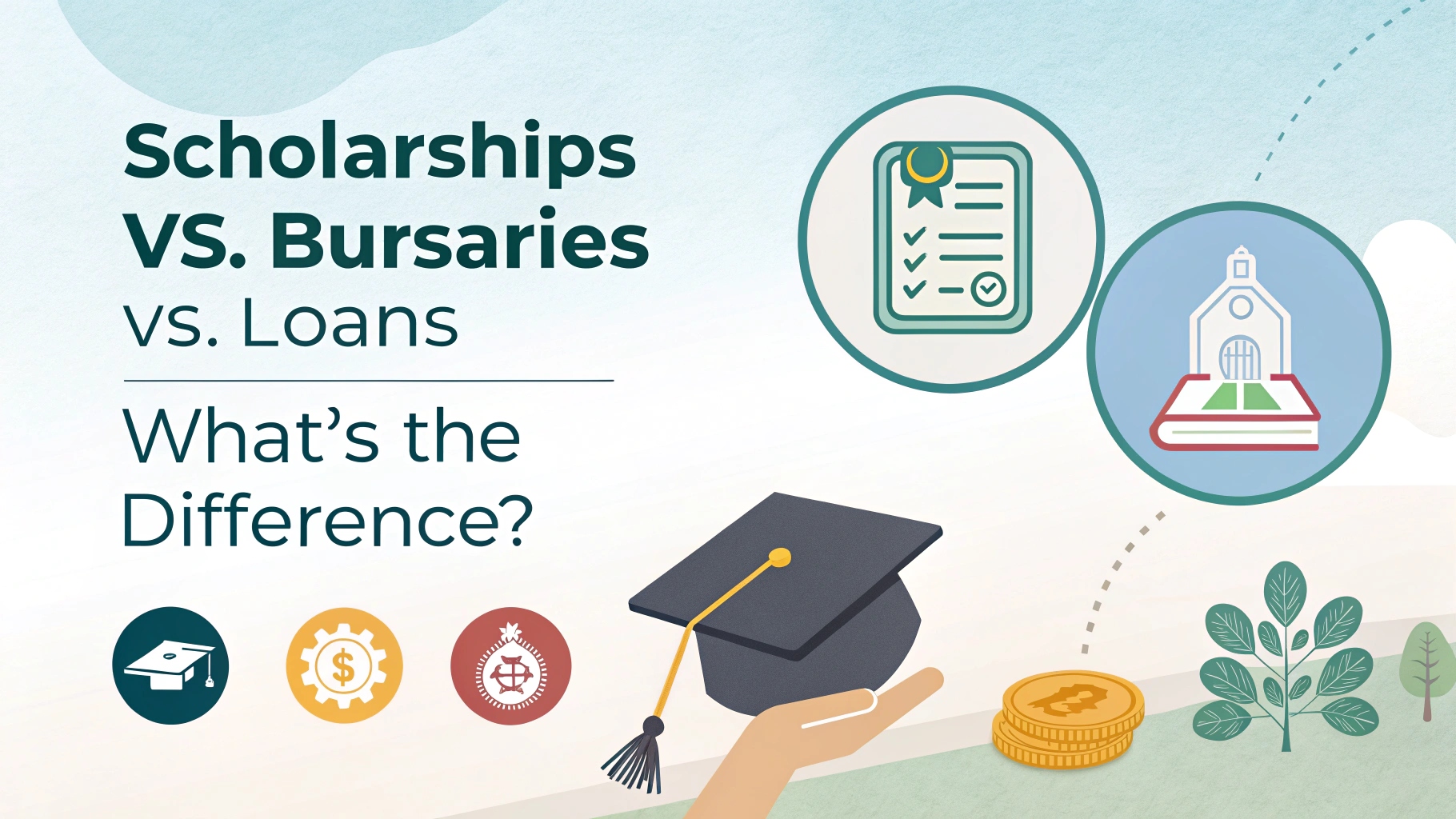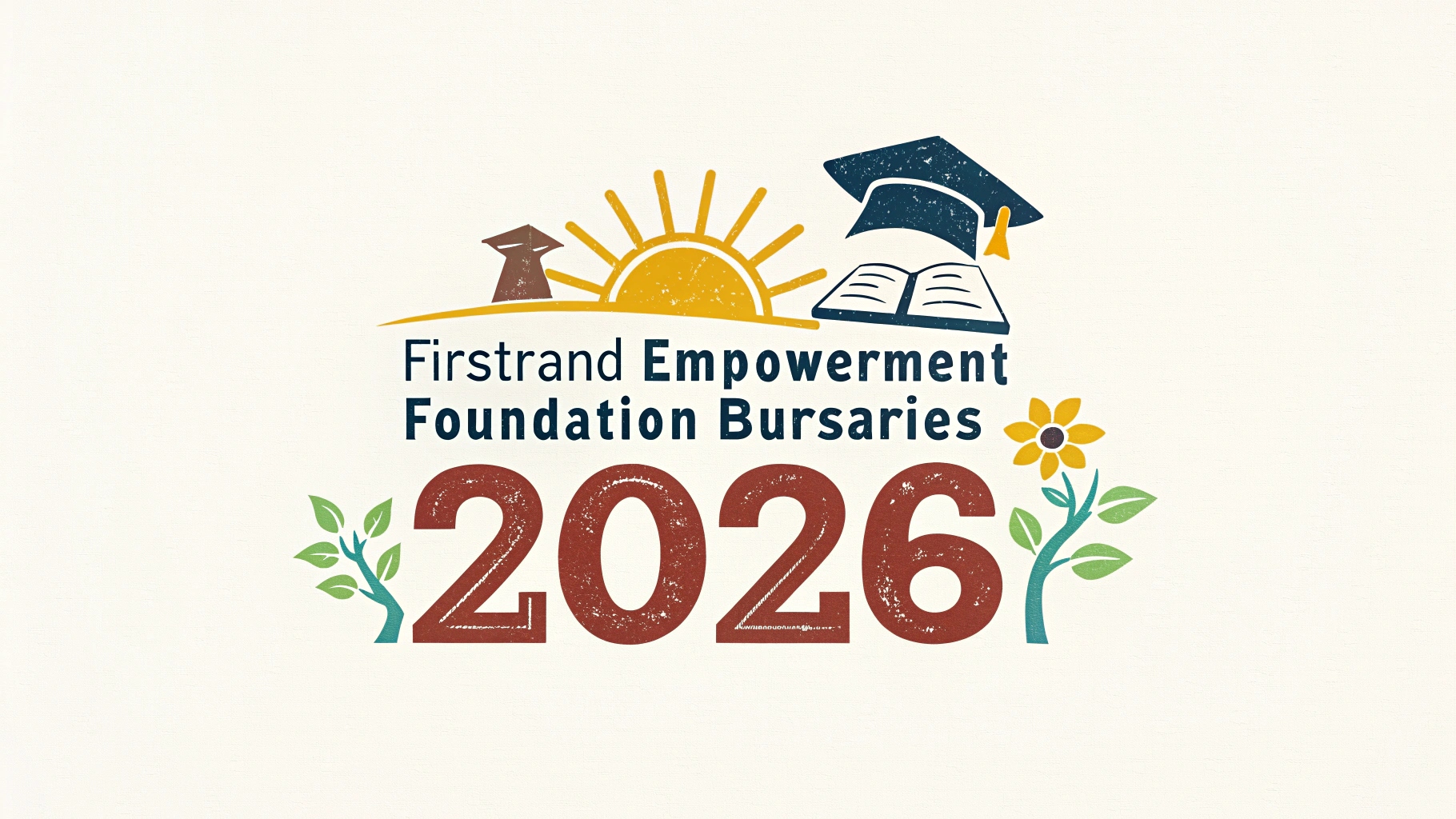Pursuing higher education is a significant milestone in many students' lives, but it often comes with financial challenges. Fortunately, there are several financial aid options available to help reduce the burden. Among the most common are scholarships, bursaries, and student loans. While all three serve the purpose of supporting students financially, they differ significantly in terms of eligibility, repayment conditions, and intended beneficiaries. Understanding the differences between them is crucial for making informed decisions about how to fund your studies.
What Are Scholarships?
Scholarships are financial awards given to students based primarily on merit. These merits may include academic excellence, leadership skills, artistic talents, or athletic abilities. Scholarships do not require repayment, making them a desirable form of financial aid.
Key Characteristics of Scholarships:
-
Merit-Based: Most scholarships are awarded based on academic performance, talent, or other achievements. For example, a student with top marks may be eligible for a university’s academic scholarship.
-
No Repayment Required: Once awarded, the money is yours to use for your studies. You don’t need to repay it, provided you meet the scholarship’s terms and conditions.
-
Highly Competitive: Due to their "free money" status, scholarships are often competitive and may require applicants to meet high standards or complete a rigorous selection process.
Types of Scholarships:
-
Academic Scholarships: Awarded to students with high academic performance.
-
Athletic Scholarships: Offered to students who excel in sports.
-
Artistic Scholarships: For students with exceptional talents in music, art, or drama.
-
Minority Scholarships: Targeted toward students from specific ethnic or cultural backgrounds.
-
Field-Specific Scholarships: Available for students pursuing studies in high-demand fields like STEM, nursing, or education.
What Are Bursaries?
Bursaries are financial awards given to students based on financial need rather than merit. Like scholarships, bursaries typically do not need to be repaid, which makes them especially valuable for students from low-income households.
Key Characteristics of Bursaries:
-
Need-Based: Bursaries are designed to support students who may not be able to afford higher education without assistance.
-
No Repayment Required: Similar to scholarships, bursaries are generally non-repayable unless specific conditions are not met.
-
Less Competitive: The application process is often more straightforward than scholarships, although applicants must demonstrate financial hardship.
Common Requirements for Bursaries:
-
Proof of Household Income: Applicants usually need to submit documents such as pay slips, tax returns, or social grant records.
-
Academic Records: While academic performance may be considered, it’s usually not the primary factor.
-
Personal Statement: Some bursaries require a written statement explaining your financial situation and educational goals.
Examples of Bursaries:
-
Government bursaries for disadvantaged students.
-
Institutional bursaries offered by universities and colleges.
-
Private company bursaries, often tied to work-back agreements or specific fields of study.
What Are Student Loans?
Student loans are borrowed funds used to pay for tuition, books, accommodation, and other educational expenses. Unlike scholarships and bursaries, loans must be repaid, usually with interest.
Key Characteristics of Student Loans:
-
Repayable: You are obligated to repay the loan amount, often with interest, after completing your studies or once you start earning a certain income.
-
Interest Rates: Depending on the lender, loans can have fixed or variable interest rates. Government loans often have lower interest rates than private loans.
-
Flexible Eligibility: Unlike scholarships and bursaries, loans are generally more accessible, as they do not require outstanding academic performance or financial need.
Types of Student Loans:
-
Government Loans: Offered by national or provincial governments. In South Africa, for example, NSFAS (National Student Financial Aid Scheme) provides loans that may be converted into bursaries based on academic performance.
-
Private Loans: Provided by banks or private lenders. These often have stricter repayment terms and higher interest rates.
-
Income-Contingent Loans: Repayments are based on the borrower’s income after graduation.
Pros and Cons of Student Loans:
Pros:
-
More widely available than scholarships and bursaries.
-
Can cover larger amounts of money, including living expenses.
-
Flexible repayment plans may be offered.
Cons:
-
Must be repaid with interest.
-
Can result in long-term debt if not managed properly.
-
May impact your credit score if repayments are missed.
Scholarships vs. Bursaries vs. Loans: A Quick Comparison
| Feature | Scholarships | Bursaries | Student Loans |
|---|---|---|---|
| Basis for Award | Merit (academic, sport, etc.) | Financial need | Loan eligibility (credit/income) |
| Repayment Required | No | No (conditions may apply) | Yes, with interest |
| Application Difficulty | Competitive | Moderate | Less competitive |
| Funding Source | Universities, government, private organizations | Government, institutions, companies | Government, banks, private lenders |
| Conditions/Obligations | Must maintain performance | Proof of need, sometimes academic progress | Repayment begins after graduation |
Which Option Is Best for You?
The right choice depends on your individual circumstances. Here are some scenarios to consider:
-
High Academic Achiever: If you have excellent grades or talents, a scholarship is ideal. It rewards your effort without the burden of repayment.
-
Financially Struggling: If your family cannot afford tuition, bursaries are the best option. They’re tailored to help students in financial need.
-
No Other Options: If you don’t qualify for scholarships or bursaries, loans can still make higher education possible—just be sure to understand the repayment terms.
In reality, many students use a combination of all three types of funding. For example, a student may have a partial scholarship, a bursary for living expenses, and a small student loan to cover the rest.
Tips for Applying
-
Start Early: Many scholarships and bursaries have early deadlines.
-
Gather Documents: Prepare academic transcripts, proof of income, motivation letters, and reference letters ahead of time.
-
Apply Widely: Don’t limit yourself to one application. Apply for as many opportunities as possible.
-
Be Honest: Especially with bursaries, provide accurate information about your financial situation.
-
Understand the Terms: Whether it’s a bursary with conditions or a loan with interest, read the fine print.
Final Thoughts
Understanding the difference between scholarships, bursaries, and student loans is essential when planning your academic journey. While scholarships and bursaries offer financial support without repayment, they require effort and eligibility. Loans, though accessible, come with long-term financial responsibilities.
By carefully assessing your academic strengths, financial needs, and future plans, you can choose the funding path that works best for you—and take a confident step toward achieving your educational goals.





